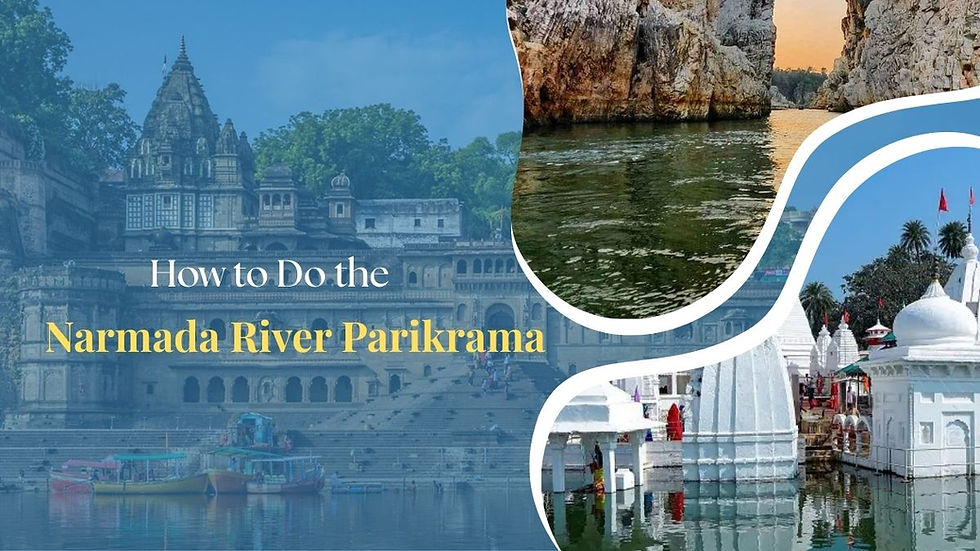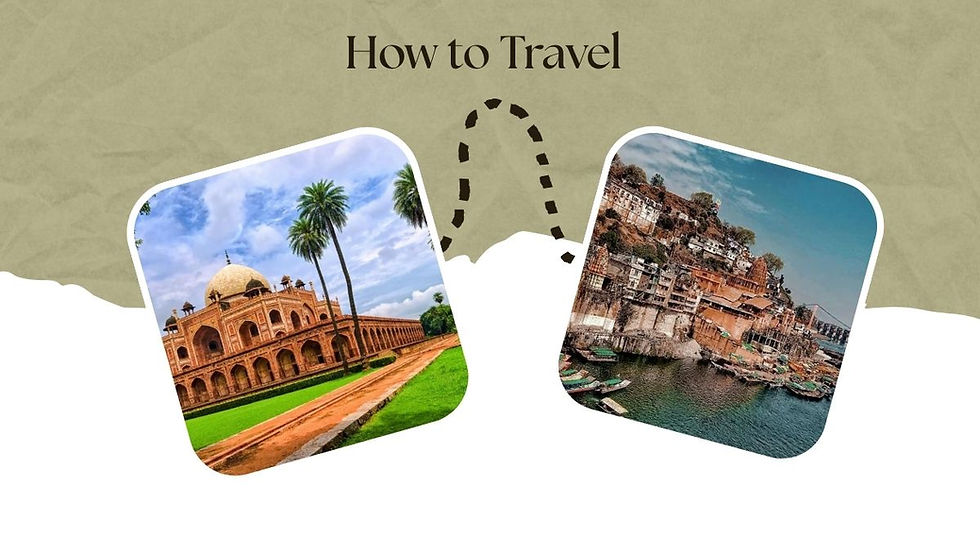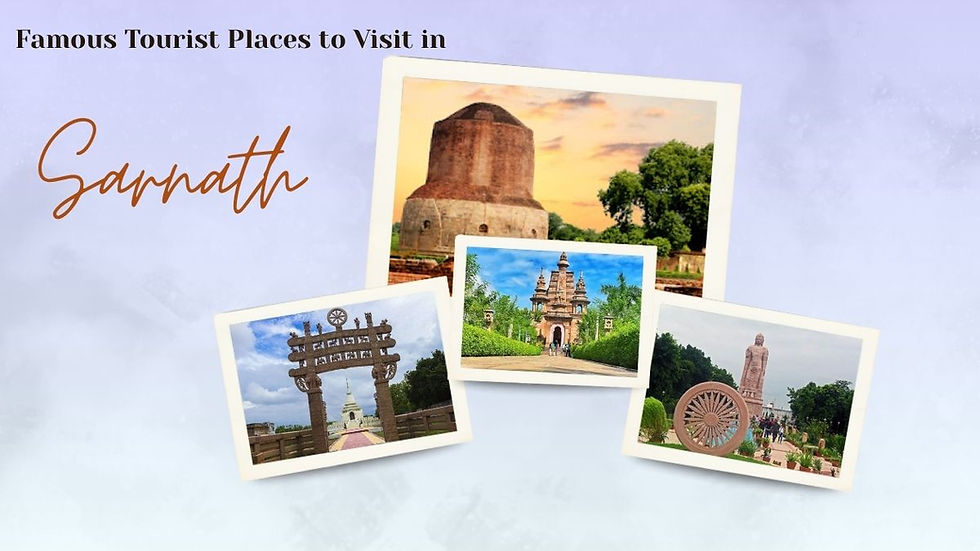How to Do the Narmada River Parikrama: A Complete Guide
- Dhruv Sharma

- Aug 12
- 4 min read

If you're ever after an experience both physically demanding and spiritually uplifting, I wholeheartedly recommend the Narmada River Parikrama. Walking around one of the most sacred rivers in India, visiting many temples, towns, and other holy places is something I just had to do. The Parikrama is literally walking, but it is also a kind of pilgrimage and a spiritual journey that is life-changing for many people in ways that may not be obvious or anticipated.
Things to consider in preparation for the Parikrama
The first step in preparing for the Parikrama is getting your gear sorted. This is not an ordinary walk because it involves long days of walking, often 10-12 hours a day. You will definitely want a good pair of shoes, a good water bottle, snacks, and light clothing, especially because it can get really hot during the day. Pack lightly, but you will still want to consider hats, sunscreen, and some toiletries.
The great thing about this journey is that you can take your time, especially if you want to explore the spiritual sites along the way. However, if you’re traveling in a group or need to take a break, you can always opt for a Tempo Traveller to help you move from one place to the next.
The Route and Itinerary
The Narmada Parikrama covers a distance of about 2,600 kilometers, and while it’s traditionally done on foot, the route is divided into smaller segments, often lasting 10 to 12 days. Here’s a quick look at the typical itinerary for those looking to walk:
Day 1-2: Omkareshwar
The journey begins at Omkareshwar, one of the most sacred places on the Narmada River. It’s famous for the Omkareshwar Temple, dedicated to Lord Shiva. The peaceful atmosphere here, combined with the views of the river, is the perfect way to start your journey.
Day 3-5: Maheshwar
After Omkareshwar, you’ll head towards Maheshwar. This town is rich in history and culture, with temples dating back to the 5th century. The stunning ghats and temples along the river make it one of the most beautiful stops on the Parikrama.
Day 6-8: Khargone and Mandleshwar
These towns are known for their calmness and the beautiful temples scattered throughout. The peaceful vibes here really give you time to reflect and soak in the surroundings.
Day 9-11: Jabalpur
Jabalpur is another major stop along the way, offering a chance to explore the beautiful marble rocks at Bhedaghat. The spectacular waterfalls here are a refreshing break after long stretches of walking.
Day 12-14: Khandwa and the Final Stretch
The last leg of the journey takes you closer to the end of the Parikrama, and by now, the walk has become more of a personal journey of reflection and peace.
The Spiritual Experience
Walking alongside the banks of Narmada was an inspiring experience. The sounds of nature were soothing - the flowing of the waters, the light rustle of leaves, the distant ringing of temple bells. The incense wafting from the temples and the fresh river air helped put my mind at ease. Something stood out to me more than anything else: the peacefulness of the towns along the journey. Narmada is a special place with nature, temples and people all around it. This journey across the river offers diverse experience and one of the most indulging pilgrimage of Mahakaleshwar Omkareshwar Tour.
The Hard Parts of the Parikrama
The Parikrama is not an easy journey, let's be real about that. Some days were unbearably hot, other days the blisters and soreness from walking hit me harder than before. But, it is all part of the experience. The journey is one of patience, humility, and endurance. Even though you have moments where you just wanted to stop for the day, the feeling of accomplishment at the end of each walk is totally worth it. And if you need to rest you can always hire a Tempo Traveller for stretches if you're in a group, or sometimes just to rest your tired self.
Why Go On the Parikrama?
The Narmada Parikrama is about more than just a physical route. It is about a deep connection with the river, the land, and the temples, and a greater connection with nature. The Parikrama is an opportunity for spiritual reflection that allows for thinking, meditation, and releasing of your daily stress. Every stop, whether it be in a little village or a holy temple, pierced my experience with something special.
Know About: Best Time to do the Holy Narmada Parikrama
Final Thoughts
Ultimately, walking the Narmada Parikrama was more than just a route—I took spiritual lessons on each moment of the journey. Every step, meant to connect more intimately, ultimately better served to understand myself, the river, and the sacredness of the path I walked; hilly, flat and rocky as it was. If you are considering the journey, take it slow, love the moments, and take in the difficulty; no matter if you walk every step, or go for a Tempo Traveller for portions of the journey, it is an experience that lasts a lifetime.







Comments